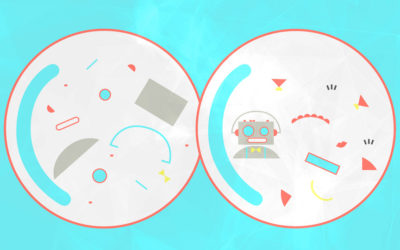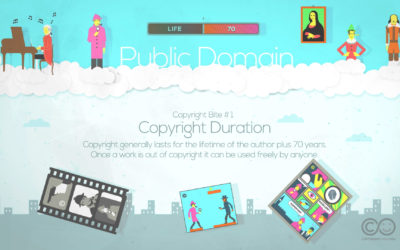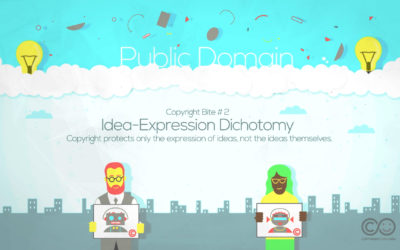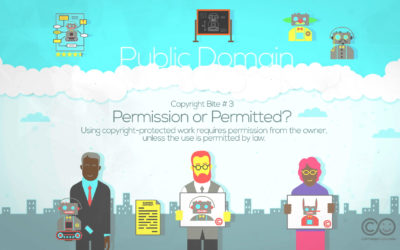Copyright Bite #2.1
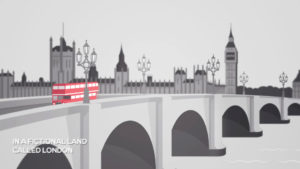 There are many things that copyright does not protect. It does not protect information or facts, principles, concepts or ideas. This is often referred to as the idea-expression dichotomy. That is, copyright does not protect ideas, it only protects the way in which an author has chosen to express a particular idea in words or music or art. This is one of the most fundamental principles of copyright law.
There are many things that copyright does not protect. It does not protect information or facts, principles, concepts or ideas. This is often referred to as the idea-expression dichotomy. That is, copyright does not protect ideas, it only protects the way in which an author has chosen to express a particular idea in words or music or art. This is one of the most fundamental principles of copyright law.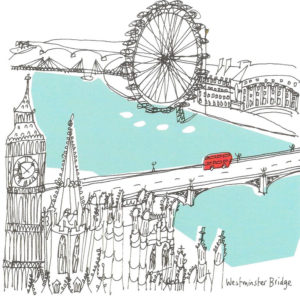 For example, you may have a brilliant idea for a story, a photograph or a short film, but while it remains just an idea it is not protected by copyright. So, if you told someone else about your idea, there is nothing you can do to stop that person from writing a novel, or creating a work of art, based on your idea. Your idea, while it remains no more than an idea, is not protected by copyright.
For example, you may have a brilliant idea for a story, a photograph or a short film, but while it remains just an idea it is not protected by copyright. So, if you told someone else about your idea, there is nothing you can do to stop that person from writing a novel, or creating a work of art, based on your idea. Your idea, while it remains no more than an idea, is not protected by copyright.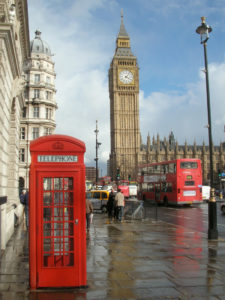 Susie Brooks has created a wonderful image of London incorporating Big Ben, the London Eye and a red Routemaster Bus. You can do the same; you just can’t slavishly copy Susie’s work. That is, you are free to incorporate these ideas and images of London in your own picture but you’re not free to copy the way that other artists and illustrators have expressed their own visions of London.
Susie Brooks has created a wonderful image of London incorporating Big Ben, the London Eye and a red Routemaster Bus. You can do the same; you just can’t slavishly copy Susie’s work. That is, you are free to incorporate these ideas and images of London in your own picture but you’re not free to copy the way that other artists and illustrators have expressed their own visions of London.More from Bite #2
Copyright Bite #2.2
In the video, Dick, an illustrator, decides to draw a robot. Robots are cool, thinks Dick. His idea is that the robot should be made up of simple geometric shapes, but with a mouth like a thermometer or a ruler.
Copyright Bite #2.3
Copyright protects only the expression of ideas, not the ideas themselves. In the UK the law also typically requires that your work is fixed in some tangible form before it can be copyright-protected.
Copyright Bite #2.4
When creating new work it is natural to be inspired by the work of others. Copyright promotes creativity by providing authors with rights in their work while allowing others to make use of that work in certain ways.
More Copyright Bites
Copyright Bite #1
Copyright Bite #1 considers how long copyright lasts and what it means to say that a work is protected by copyright or in the public domain.
Copyright Bite #2
Copyright Bite #2 explores how copyright protects only the expression of ideas and not ideas themselves.
Copyright Bite #3
Copyright Bite #3 considers how you can lawfully make use of, or borrow from, works that are still in copyright, but without having to ask for permission or make payment to the copyright owner.
Copyright Bites Credits
Copyright Bites: Credits and Acknowledgements



